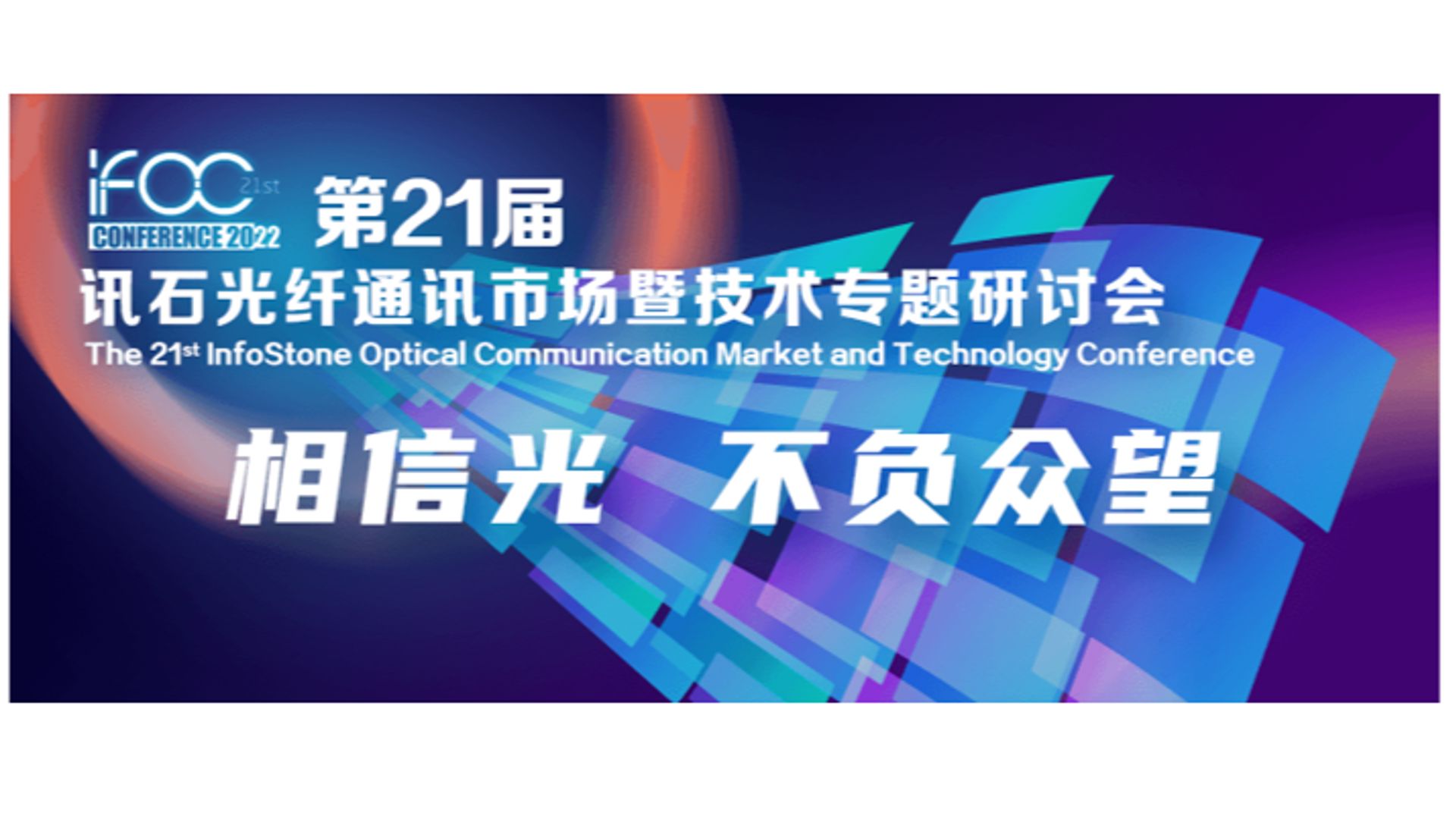MRSI to present at the 21st Infostone Optical Communication Market and Technology Conference
MRSI will be presenting at the Infostone Optical Communication Market and Technology Conference which will be held at the Hyatt Regency Shenzhen Airport Hotel in Shenzhen, China from September 5-6, 2022. (Postponed to September 2023)

Attendees at the conference will include experts from throughout the optical communication industry including, industrialists, owners, advisers, scholars, teachers, and students. This is a tremendous opportunity for people within the industry to share their views, technologies, and papers in order to excel their learning and understanding within the market.
At the Infostone conference, we will demonstrate how MRSI creates solutions that match the high reliability assembly requirements in optical devices of automotive Lidar. We will also preview recent highly reliable and consistent results obtained from deploying an alternative assembly process to assemble optical components for automotive LIDAR. Dr. Limin Zhou Senior Director, Strategic Marketing, MRSI Systems, Mycronic Group and General Manager of MRSI Automation (Shenzhen) Co., Ltd will present “Discussion on high-reliability volume manufacturing solution of Automotive LIDAR.”
Read the abstract for more details about Dr. Limin Zhou’s presentation:
The demand for automotive lidar in ADAS applications is growing at double digit CAGR(compound annual growth rate), and the mass production of automotive lidar is rising rapidly. Driven by new technology and economies of scale, automotive lidar is becoming lighter, thinner and cheaper. Compared with other optoelectronic devices, vehicle gauge lidar needs to pass more rigorous reliability verification, and the reliability of optoelectronic chip assembly technology is very important. Achieving optoelectronic chip assembling with high reliability and zero defects in large-scale production is one of the biggest challenges faced by the automotive lidar industry. In this presentation, we will compare the similarities and differences between automotive lidar and optical transceivers, and discuss the assembly requirements of typical optical chips and optical components in the automotive lidar. We will also share how MRSI’s assembly solutions meet the high reliable assembling requirements in optical devices of automotive Lidar. Finally, we will demonstrate some high reliable assembling results for optical chips/components of automotive Lidar, by using alternative assembly processes.